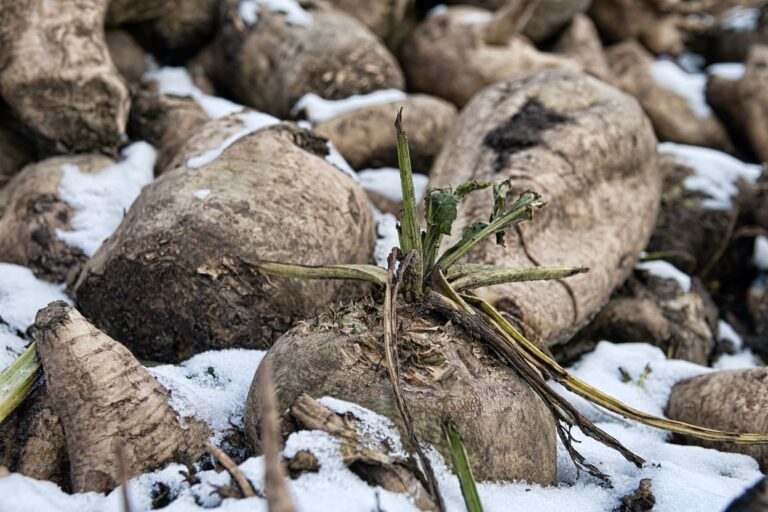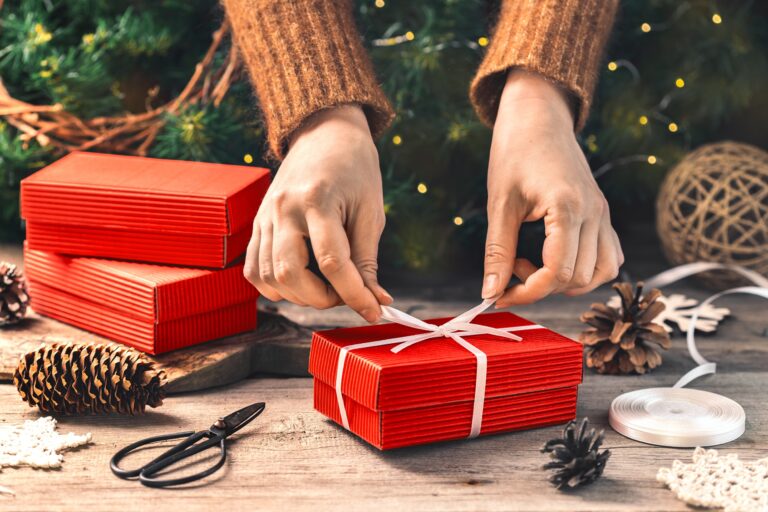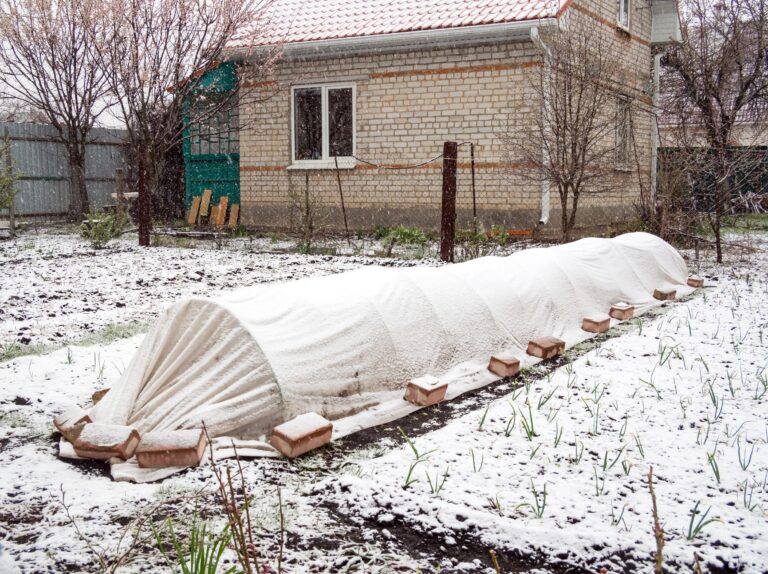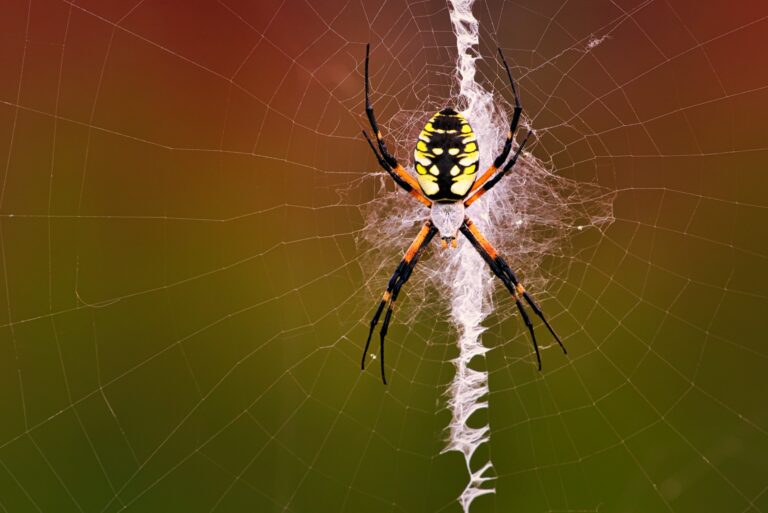Finance plays a critical role in the growth and success of any business. Without adequate funding, a business may struggle to invest in new opportunities, expand into new markets, or even maintain its existing operations. In this article, we will explore the importance of finance to business growth.
Uncategorized
Why should we make finance the main priority in businesses?
Finance is the backbone of any successful business. Without adequate financial management, a business is unlikely to thrive, let alone survive. In this article, we will explore the reasons why finance should be the main priority in businesses.
How to keep your finances safe
Keeping your finances safe is essential for financial stability and peace of mind. With the increasing number of cyber-attacks and financial scams play casinoclic casino en ligne games at the reliable sites , it is important to take proactive measures to protect your finances. Here are some pointers to keep your money secure:
Why does a company need a financial report?
A financial report is a comprehensive document that provides an overview of a company’s financial performance over a given period. It includes information such as revenues, expenses, profits, assets, liabilities, and cash flow. In this article, we will explore the importance of a financial report for a company.
How to Design and Plan Your Dream Greenhouse Or Shed
A greenhouse is a fantastic way to grow your plants and vegetables. It provides the right conditions for photosynthesis, the process whereby plants use sunlight to make food in their leaves. Greenhouses are great for growing plants in the winter and can be used for many different types of horticulture. However, it is essential to…
Top 8 Edible Plants You Can Grow in Winter
When temperatures start to drop, many people think gardening has to stop. That’s not true. Here are the top 8 edible plants you can grow in winter. Tons of edible plants can survive winter temperatures, rain, and poor soil drainage conditions. And purple varieties, in particular, contain a compound (anthocyanin) that helps prevent root rot…
Gift Exchange Ideas With Fellow Gardeners
Giving gardeners thoughtful and useful gifts is easy! I will provide you with a few ideas for great gifts for fellow gardeners so you can find a touching gift for the important gardener in your life (even if that’s you!). Multitools Multitools are a small collection of tools that usually fold into a rectangular shape…
Gardens Add Life and Equity to Your Home
When it comes to investing in a new home, the one word you always want to keep in mind is equity. The more equity you build up in your home the more valuable it will be should you decide to sell one day. Or, part of your retirement plan might include applying for reverse mortgage….
Winter Garden Tasks
Even if you are not growing a winter garden, you can still do plenty of winter garden tasks. Winter garden chores can be split into planning and chores. Planning Winter is an excellent time to plan your next year’s garden. Planning your garden is split to into these steps. Inventory Before you list things…
Good Bugs for the Garden
How much gardening media is consumed with pest control topics? Gardening store shelves are filled with pesticides, and organic gardening books are full of tactics to beat bugs with more natural tools. But having a bug-free garden is a bad thing. Here are some good bugs for the garden. Why are Bugs Beneficial to…



